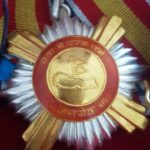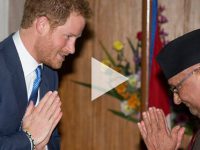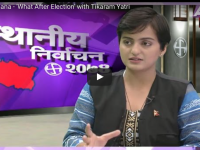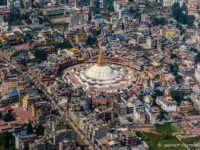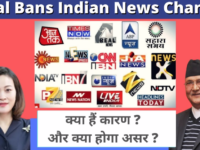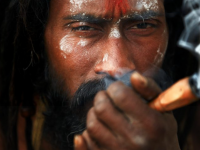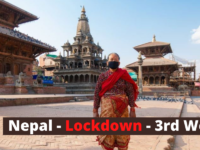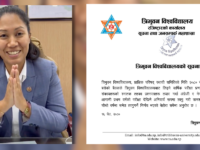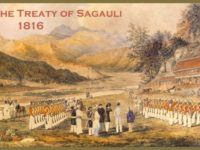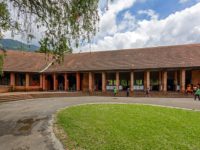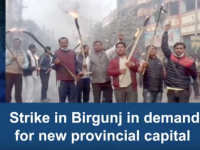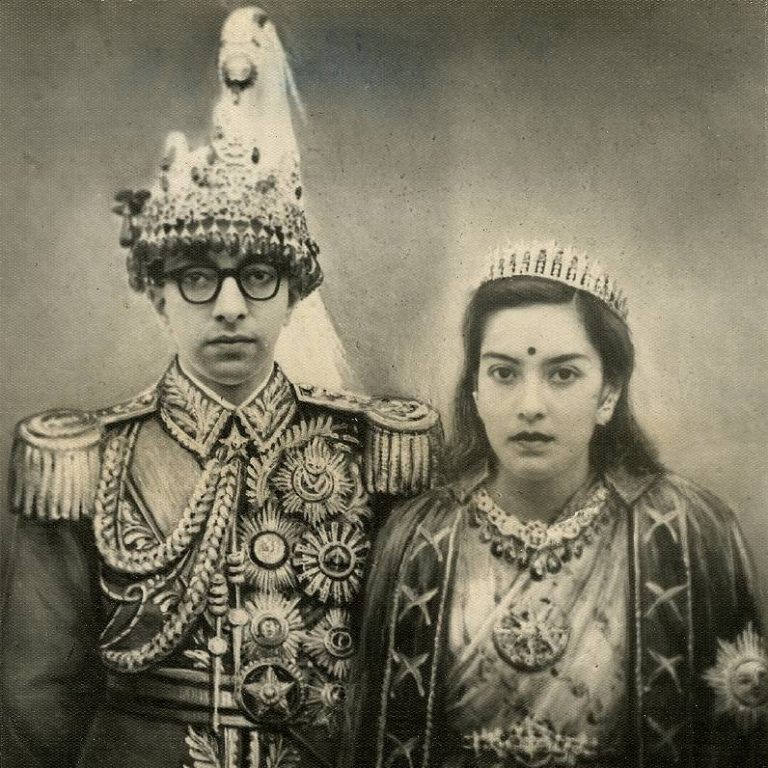King Mahendra didn’t pay the bill of $60,000 as reported by Daily Anchorage News.
What are the possibilities that you would read something about the royal family of Nepal from the American press at this particular time? There would be no chance so to speak. But do not underestimate the power of common man, sorry, that was a dialogue from Bollywood movie. I meant the power of the superpower. Yes, for some strange reason, an article appeared on October 18 about King Mahendra’s visit to Alaska for three weeks back in 1967, after his trip to visit President Lyndon Johnson.
Here is how his visit is portrayed in Daily Anchorage News by David Reamer. After listing all the royalty visits to Anchorage, he writes:
“And then there was the King of Nepal, Mahendra Bir Bikram Shah Dev. Nepal is a comparatively small Asian nation nestled between China and India. It is best known for Mount Everest, which lies on the border between Nepal and China. In 1967, King Mahendra and his wife, Queen Ratna, visited the United States. There were some work aspects to the trip, including a meeting with President Lyndon Johnson. But the real goal was hunting.”
You can immediately sense that it is a hit piece on the royal family of Nepal. Who else would think that the visit of Mahendra would be more for hunting than for political diplomacy? The author dares to assert that hunting was the main purpose of the visit and ousts him motive.
Not to miss any step, here is another hit he makes:
“Mahendra ascended to the throne in 1956 after the death of his father, King Tribhuvan. The most significant point of his reign came in 1960 when he orchestrated a coup that eliminated political parties only a year after the first democratic elections in the nation’s history. The new politicians had immediately set about reforming the country in ways that threatened the social and economic standing of the pre-existing elite, of which the king was naturally a member. So, the new politicians had to go. In other words, Mahendra was not known for his character even before his Alaska adventure.”
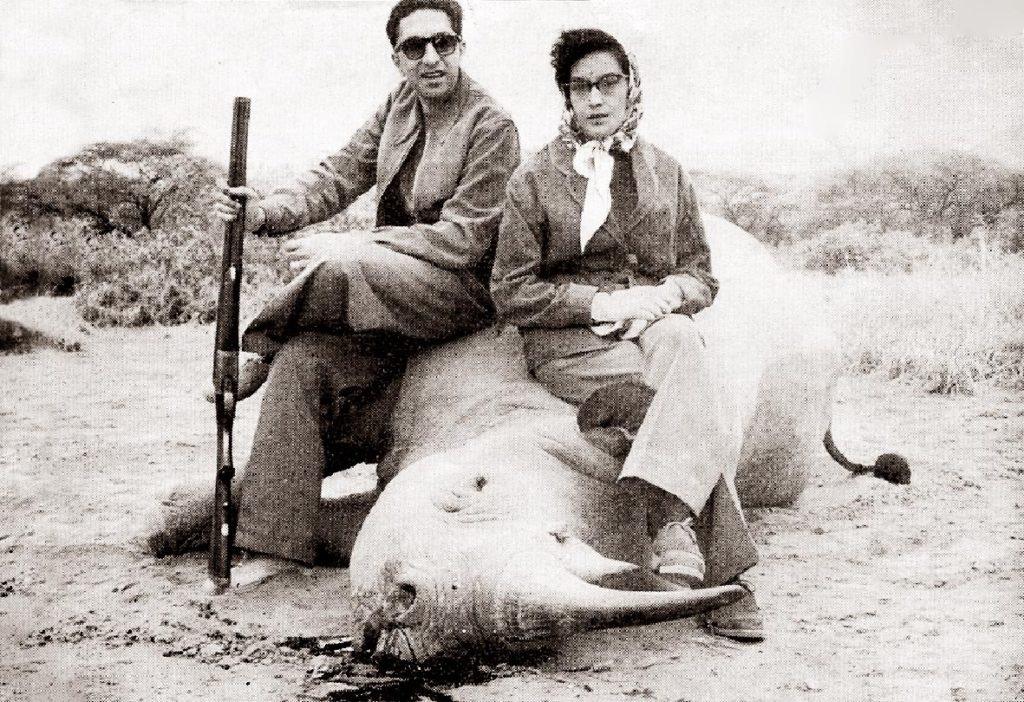
In this paragraph, he demonstrates the American ethnocentrism and blindness to the rest of the world when he asserts that the political parties of Nepal were doing great stuff for reforming the country and threatening the established elite. Obviously, he has no clue as to the true history of foreign-sponsored so called democratic politicians of Nepal. We should not be surprised that it is the American character to portray everyone else as wicked, inept or unworthy. He hints that Mahendra was a person of shady character, and uses these two examples.
His main accusations are that the king broke the rules while hunting and that he did not pay the bills. His last accusation tells it all:
“King Mahendra suffered a fatal heart attack in 1972, coincidentally while hunting. He died still owing his roughly 100 Alaskan creditors. His 1967 visit to Alaska left a trail of wreckage in its wake and was certainly the worst royal visit to this state.”
So, the whole article is about portraying the king in the worst light possible. We can assume that when a foreign dignitaries visit another nation, the host nation takes care of the guest as is the custom in Nepal. So, most likely there must have been some misunderstanding about that aspect. If anything, it is the diplomatic failure to sort these issues out before since the cultural gap is immense.
One thing we can conclude for sure. It is all how best to serve their own purpose. At that time, the US needed Nepal as a partner for their political strategy and pleasing the royal family fitted in with their goal. Why else would the reigning monarch spend three weeks in a foreign land hunting for animals when he had political dangers back in Nepal? That does not sound like a skilled diplomat that Mahendra is reported to be.
According to the article, the royals flew to Alaska on Air Force One that cost an estimated $50,000 ($406,000 in 2021), and the Nepal Embassy had agree to pay all the cost of the Alaska trip, which came to over $60,000 (about $485,500 in 2021). The accusation is that the embassy did not pay and a second invoice of $45,000 was resubmitted after the guide Burnett cut his own profits. There was only silence from the embassy so the guide did not get paid which meant that none of the other Alaskans numbering in the hundreds received their payment. There was a catch in the embassy agreement that the experience had to be “reasonably successful.”
The writer is a graduate of Arizona State University in Political Science. He is working as a social activist and motivational speaker for students across Nepal since 2007. He has how own blog “Strong Nepal.”
The views and opinions expressed in this article are those of the author and do not necessarily reflect the official policy or position of Nepalisite.



